Carl Zeiss Batis 25 mm f/2
5. Chromatic and spherical aberration
Chromatic aberration
Photos provided by the Batis 2/25 aren’t completely free of longitudinal chromatic aberration but its level can hardly be called high or bothersome so there are no serious reasons to complain.
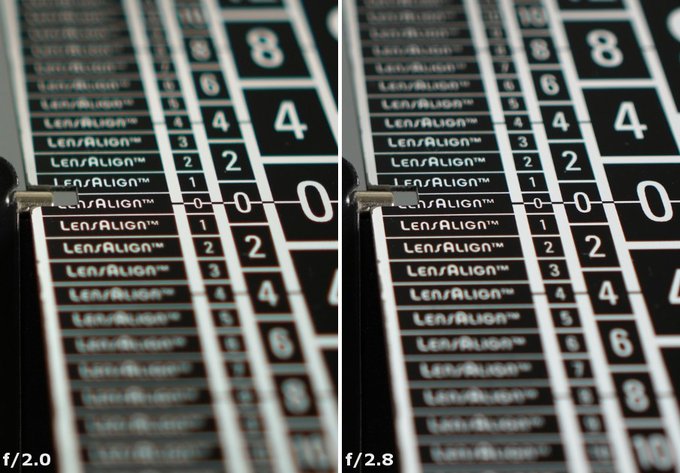 |
Please Support UsIf you enjoy our reviews and articles, and you want us to continue our work please, support our website by donating through PayPal. The funds are going to be used for paying our editorial team, renting servers, and equipping our testing studio; only that way we will be able to continue providing you interesting content for free. |
- - - - - - - - - - - - - - - - - - - - - - - - - - - - - - - - - - - - - - - - - - - - - - - -
A graph below shows the lens’s performance when it comes the lateral chromatic aberration, depending on the aperture value and the size of the detector.
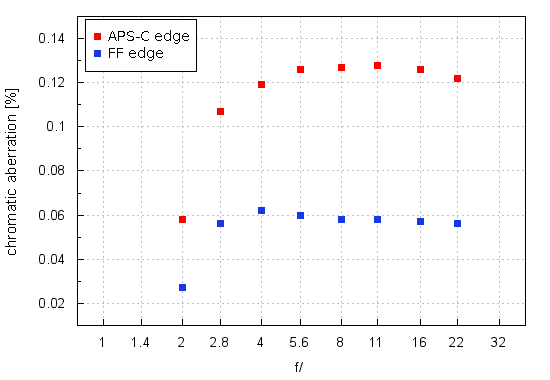
As you can notice the aberration is slight on the edge of full frame; near the maximum relative aperture you won’t notice it practically at all and on stopping down it reaches just 0.06%. Distinctly higher results are observed on the edge of the APS-C sensor – only the maximum relative aperture cannot make you worry. On stopping down the aberration increases to 0.12% and it is a medium level, dangerously close to high values.
| A7R II, RAW, f/4.0, brzeg FF | A7R II, RAW, f/11.0, brzeg APS-C |
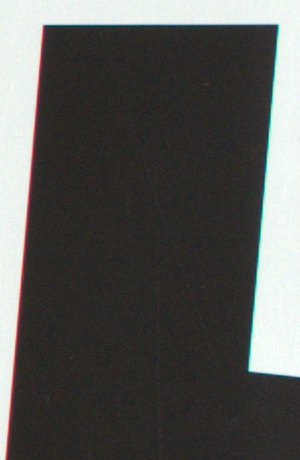
|
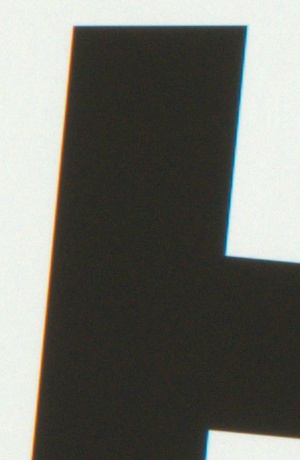
|
Spherical aberration
The tested lens didn’t feature any „focus shift” effect or characteristic mist at the maximum relative aperture which is often connected to bad correction of spherical aberration so it seems the Batis 2/25 doesn’t have any problems in this area. Some slight influence of spherical aberration can be noticed only when you compare defocused circles of light you get in front of and behind the focal point. They aren’t identical and residual spherical aberration is most likely to blame.
| A7R II, f/2.0, in front of | A7R II, f/2.0, behind |

|
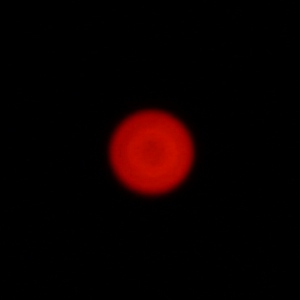
|






